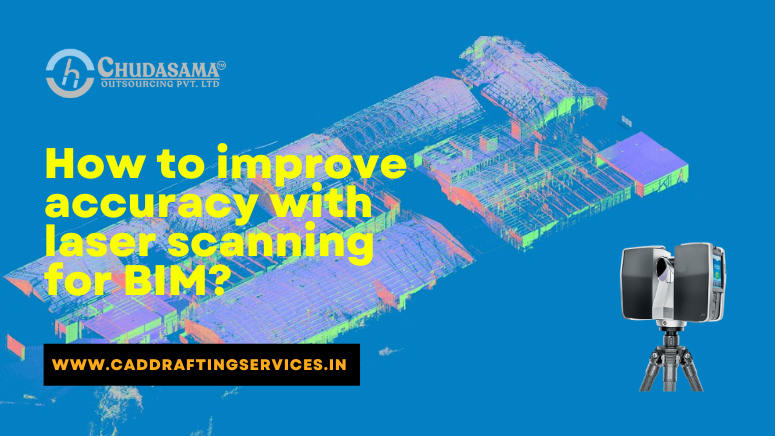How To Improve Accuracy With Laser Scanning For BIM?

Point clouds are Used in the BIM Process
The majority of businesses prefer at least one output to be laser information in the Autodesk Summary format. The laser scan may be added to different applications using this deliverable. The point cloud basically serves as the desired ultimate output for certain businesses. To create the present conditions, these companies will model using this laser scan.
Different Areas Where Scan to BIM Services Used
Renovation and Restoration: Making a precise and comprehensive as-built model can help you prevent mistakes that might not be apparent until the building stage. It can be costly as well as tedious to fix these mistakes during the building process.
Facilities: The majority of individuals lack accurate and current models of their facilities. Making better planning choices is made possible by having this knowledge. To improve the operations of additional facilities, you can incorporate data into these models.
Advantages of Scan to BIM Modeling Services
A more effective, precise, and thorough way to build a model for important data that may be registered is provided by scanning devices. Here are the advantages of using 3D Scanning to build an extensive 3D Revit Model with consumer information.
High-Quality: Development in the AEC industry is being driven by the desire for assurance of quality and dependability. Once 3D laser scanners are employed in place of conventional manual measuring techniques, the accuracy of the resulting BIM model is significantly increased, which is very advantageous. Revit model is created from the information, leading to increased accuracy and wiser decisions. With such accuracy, construction challenges and alteration orders which have a direct influence on the profitability of your job are practically eliminated.
Conclusion
Source: https://caddraftingservices.in/blog/improve-accuracy-with-laser-scanning-for-bim/











652cc4a8bfcb2.jpg)
